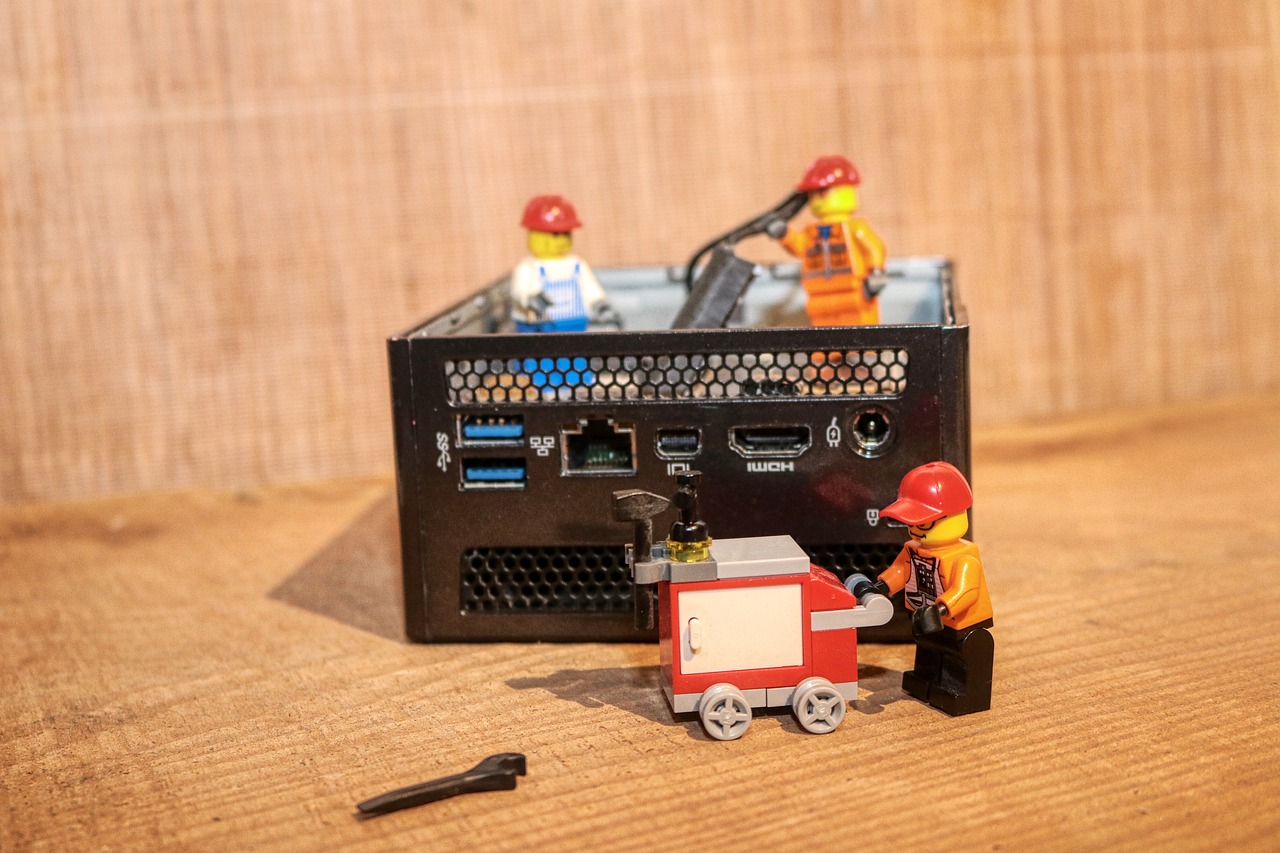Tech for Healthcare: Innovations in Patient Monitoring
Technology has revolutionized the healthcare industry in many ways, with one of the most significant advancements being in patient monitoring. Gone are the days of relying solely on manual assessments and routine check-ups; today, healthcare providers have access to a wide range of innovative tools and devices that allow for continuous and real-time monitoring of patients’ vital signs and health parameters. In this article, we will explore some of the latest tech innovations in patient monitoring that are changing the way healthcare professionals care for their patients.
Wearable Devices
One of the most popular innovations in patient monitoring is the development of wearable devices that allow for continuous tracking of a patient’s health metrics. These devices come in various forms, including smartwatches, fitness trackers, and patches, and are equipped with sensors that can monitor vital signs such as heart rate, blood pressure, and oxygen levels. The data collected by these devices can be transmitted to a smartphone or a cloud-based platform in real-time, allowing healthcare providers to monitor their patients remotely and intervene when necessary.
Remote Monitoring Systems
Remote monitoring systems make use of internet-connected devices to track patients’ health parameters from a distance. These systems can be set up in a patient’s home or healthcare facility, and they can monitor a wide range of vital signs and health indicators, including blood glucose levels, ECG readings, and respiratory rate. By providing continuous monitoring and alerts for any abnormalities detected, remote monitoring systems enable healthcare providers to intervene early and prevent potential complications.
AI and Machine Learning
Artificial intelligence (AI) and machine learning algorithms are increasingly being used in patient monitoring to analyze the vast amounts of data collected by monitoring devices and systems. These technologies can help identify patterns, trends, and anomalies in a patient’s health data, allowing healthcare providers to make more accurate diagnoses and treatment decisions. AI-powered systems can also predict potential health issues before they arise, enabling proactive and personalized patient care.
Telemedicine
Telemedicine has become an essential tool in patient monitoring, especially in light of the COVID-19 pandemic, which has highlighted the need for remote healthcare services. Telemedicine allows patients to consult with healthcare providers virtually, using video calls and messaging platforms. Providers can remotely monitor patients’ health, adjust medications, and provide guidance on managing chronic conditions. Telemedicine has proven to be a convenient and effective way to deliver healthcare services, especially for patients in rural or underserved areas.
IoT in Healthcare
The Internet of Things (IoT) is transforming patient monitoring by connecting various devices and sensors to collect and share data in real-time. IoT devices can be integrated into a patient’s home environment, wearable devices, or healthcare facility to monitor vital signs, medication adherence, and activity levels. By leveraging IoT technology, healthcare providers can gain valuable insights into a patient’s health status and behavior, enabling more personalized and proactive care.
Blockchain in Healthcare
Blockchain technology is increasingly being adopted in patient monitoring to ensure the security and integrity of health data. By using a decentralized and immutable ledger, blockchain technology can securely store and share patients’ health information, ensuring that it is protected from unauthorized access or tampering. Blockchain can also facilitate the sharing of health data between different healthcare providers, improving care coordination and patient outcomes.
Challenges and Opportunities
While the innovations in patient monitoring offer significant benefits for healthcare providers and patients, there are also challenges that need to be addressed. These include concerns about data privacy and security, interoperability between different monitoring devices and systems, and the need for proper training and support for healthcare professionals to effectively use these technologies. However, with proper investment, collaboration, and regulatory support, the opportunities for improving patient care through technology are endless.
Conclusion
As technology continues to evolve, patient monitoring is poised to undergo significant transformations, enabling more personalized, proactive, and efficient healthcare services. Innovations such as wearable devices, remote monitoring systems, AI and machine learning, telemedicine, IoT, and blockchain technology are revolutionizing the way healthcare providers deliver care and monitor patients’ health. By embracing these technologies and overcoming the challenges they present, healthcare professionals can improve patient outcomes, reduce healthcare costs, and enhance the overall quality of care.
FAQs
Q: Are wearable devices safe for patient monitoring?
A: Wearable devices are generally safe for patient monitoring, but it is essential to ensure that the devices meet regulatory standards and data security requirements.
Q: How does AI help in patient monitoring?
A: AI can analyze large amounts of patient data to identify patterns, trends, and anomalies, enabling healthcare providers to make more accurate diagnoses and treatment decisions.
Q: What are the challenges of using IoT in patient monitoring?
A: Challenges of using IoT in patient monitoring include data security concerns, interoperability issues, and the need for proper training and support for healthcare professionals.
Q: How does blockchain technology benefit patient monitoring?
A: Blockchain technology ensures the security and integrity of health data by using a decentralized and immutable ledger, protecting patient information from unauthorized access or tampering.





